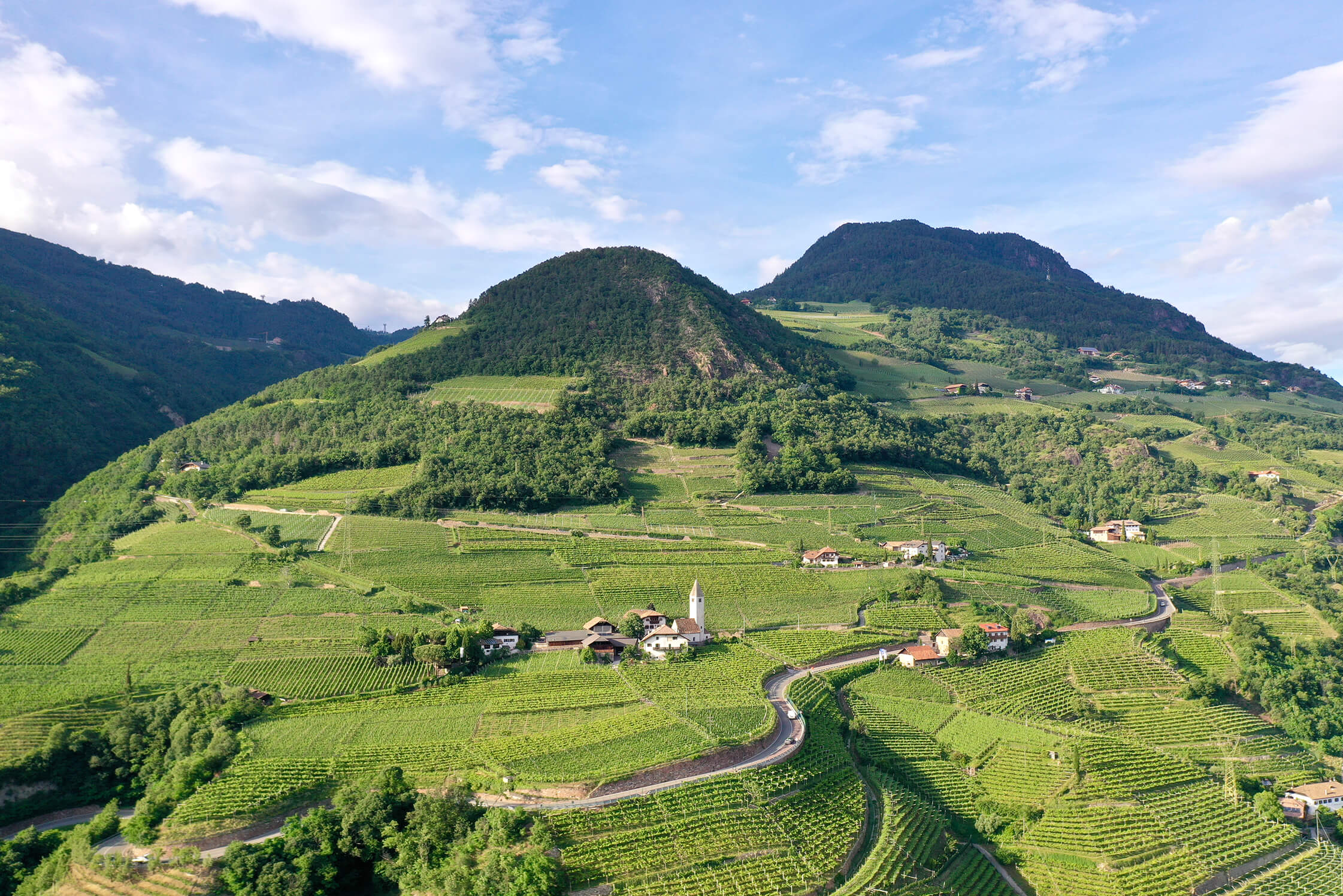
I’ve been teasing the official release of our terroir maps for a while. Finally, our Ribeira Sacra terroir map is up on our website. It’s the first of seven from Northwest Iberia that we have coming over the next few months. There’s also an essay on Ribeira Sacra on the same page that I wrote last summer that offers a greater in-depth view of this complex wine region. Both the map and the essay are downloadable in pdf format.
Each of the vineyard maps have three supplemental pages that help users orient themselves, the first classifies the rock types that are numerically coded on the map page, and the second presents some geological basics on different rock types. We know that rock is only part of the story of a terroir, so on the last page are listed other factors to consider while theorizing about the wine in your glass with what else beyond the cellar and vineyard choices may be at play. The work is surely incomplete on many levels, but it’s a good starting point for what I hope will be an ongoing project.
You can find the first one here:
https://thesourceimports.com/terroir-maps/
We have two new batches coming in from Ribeiro, the most historical center of Galician wine for more than a thousand years. There are good reasons for that too, what with its fantastic balance of medium-to-steeply-angled vineyards, a kaleidoscope of exposure, stunning river valleys, a broad range of metamorphic and igneous rock types, as well as a combination of cold Atlantic winds and the Mediterranean climate coming from the east and south.
Bodegas Paraguas’s new vintage of their Treixadura-based wine (more than 85%) is the 2019 El Paraguas Atlantico. It’s grown in three different parcels with different altitudes inside the Miño River Valley and is a mixture of mostly granite soils and a smaller amount of schist. It’s truly the most Côte d’Or-ian white we have from the region in the sense that it has a broader and fuller mouthfeel and the strong presence of mineral impressions, but without many nuances of Chardonnay. With Treixadura it’s all about the timing of the pick; if it’s not done well the acidity plummets. Paraguas does it extremely well and their sole focus is on wines from this grape variety blended with microquantities of Albariño and Godello, both very high-acid grapes that impart more lift in the palate and enrich this already deeply complex and layered wine. There are only thirty cases docking this month, but another thirty are on the way.
With so many new producers joining our portfolio, Ribeiro’s Fazenda Augalevada is one of the most highly anticipated. A former professional Spanish futboller turned winegrower, Iago Garrido has begun to turn heads in Spain and there is already a strong buzz in some corners of the US in anticipation of the arrival of his wines. Both his and Paraguas’s wines are ubiquitous on the wine lists of almost every top restaurant in northern Spain, especially those with Michelin stars. Iago’s wines are different from any other in Ribeiro because he works with flor yeast in all of them—a great accidental discovery for him. After six years under the veil of flor, his high-strung white and red wines have started to find their voice with great clarity.
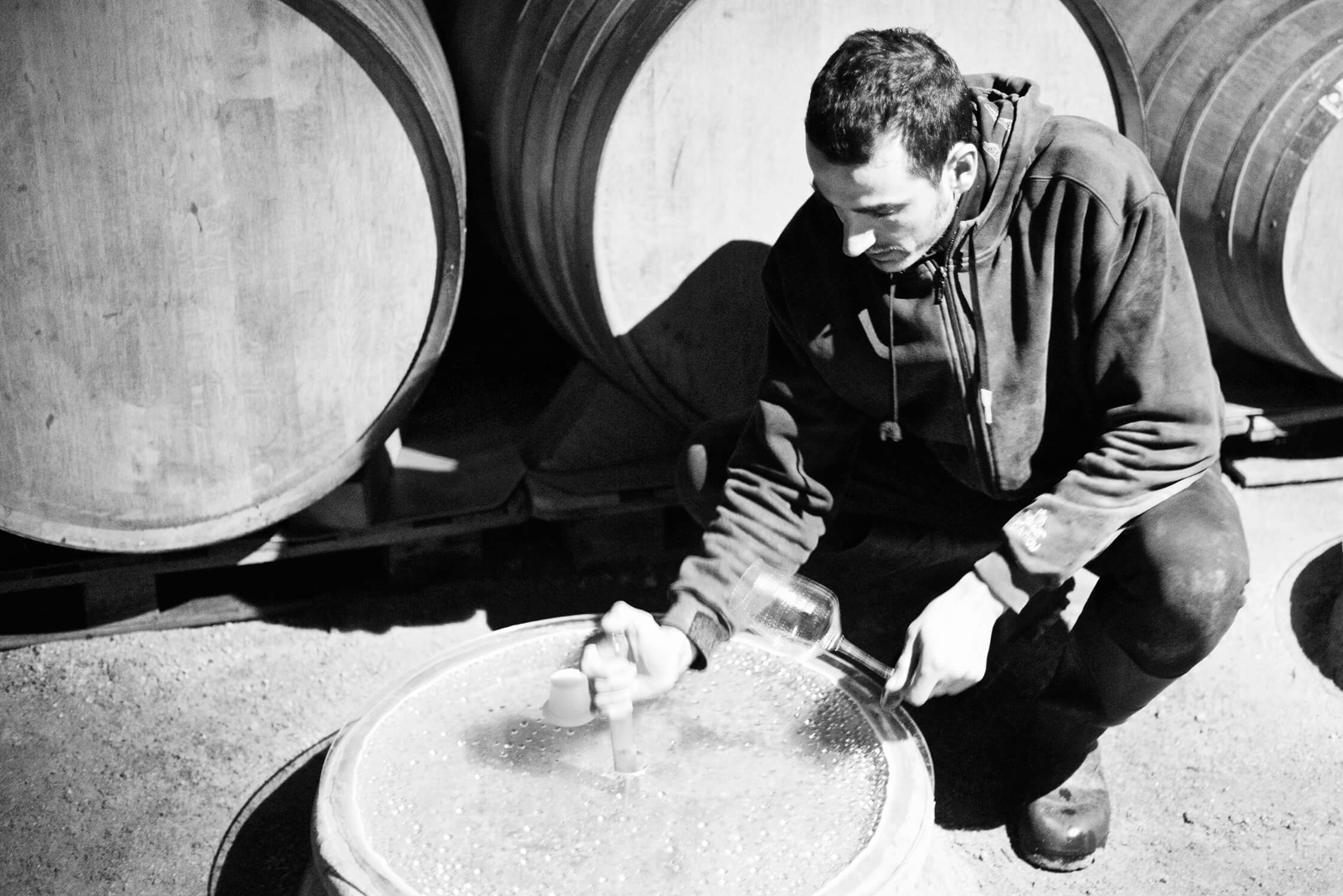
These days, there are few wines that find their place on my dinner table more than Augalevada’s (along with those from the guys at Cume do Avia, his friends who introduced us), and it feels like we’ve been already working with them in the US for years, despite this being our first batch to reach the shores. For many, this will be a first introduction to his wines, while anyone who knows them already will see how far he has progressed in such a short time. They are all in very limited supply and we simply won’t have enough to fulfill the demand. Please be patient with us on this one. We hope to get more in the coming years. Augalevada’s range of whites are Mercenario Blanco, a blend of five different white grapes; Crianza Bioloxica, a blend of Albariño and Treixadura; Ollos de Roque, made of Treixadura, Lado and Agudelo (Chenin Blanc); and a 100% Albariño wine from grapes in Salnés, the most famous subzone of Rías Baixas.
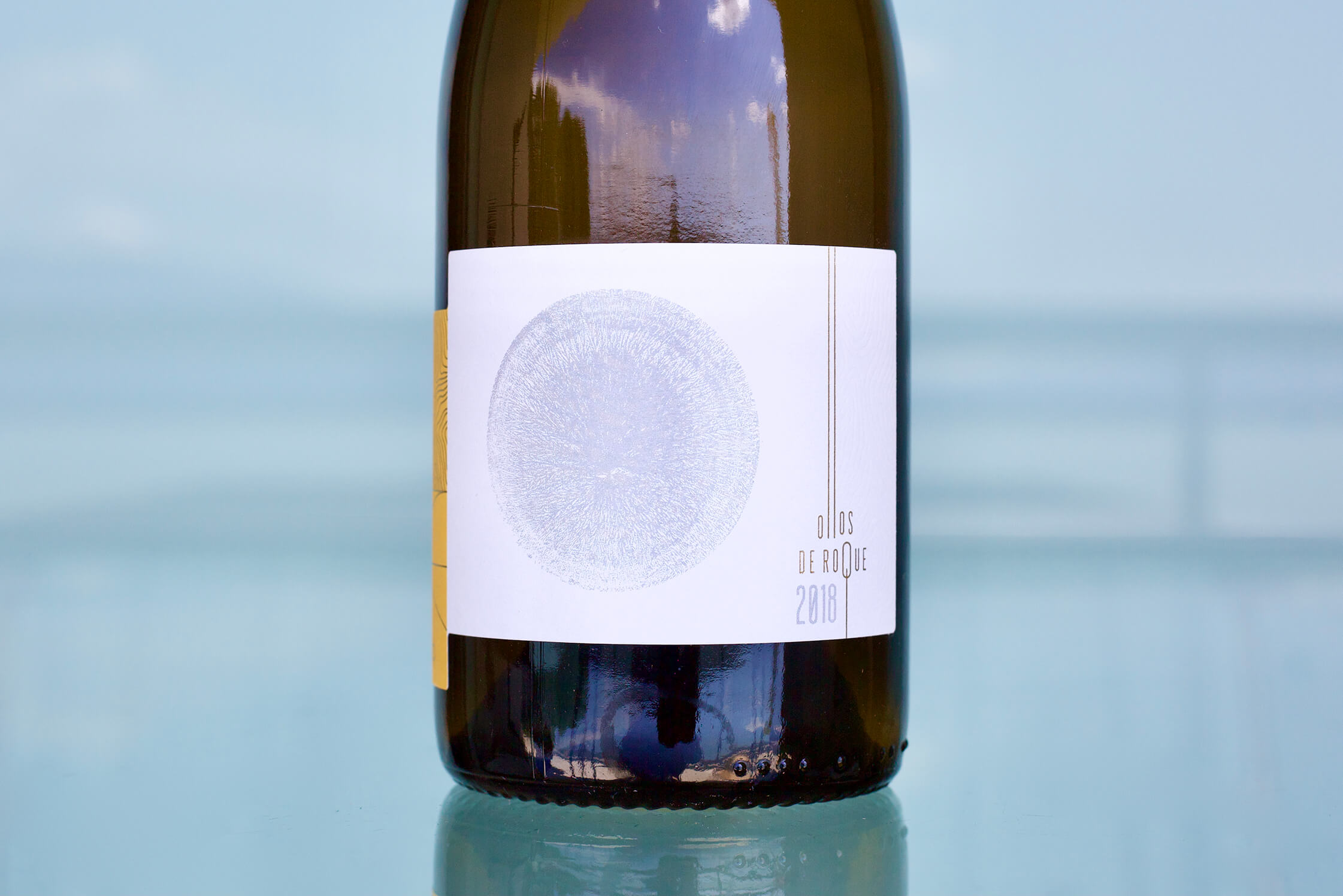
The two reds are blends, with the first, Mercenario Tinto, composed of 40% Caíño Longo, 20% Brancellao, 20% Espadeiro, 15% Sousón, and 5% Caíño da Terra, all from many parcels throughout Ribeira in the Arnoia, Avia and Miño Valleys. The last red, Mercenario Tinto Selección de Añada, is a blend of 60% Caíño Longo, 30% Brancellao, and 10% Caíño da Terra. All the wines I find are particularly special in their own way, and a few are some of the most compelling wines I’ve had from Galicia, even among the most revered wines from well-known producers. There are more details on Augalevada on our website at
https://thesourceimports.com/product-category/spain/galicia/fazenda-augalevada/
Another new and highly anticipated arrival (at least for me!) for the first time in the US are the wines of Elise Dechannes, a petite domaine under biodynamic culture in Les Riceys, two hamlets (Ricey-Bas and Ricey-Haut) that share a small appellation in the south of Champagne known for its rosé, Rosé des Riceys, just an hour drive northeast of Chablis. The character of the Pinot Noir in this region is exceptional and unique. Through her range (almost entirely composed of Pinot Noir-based Champagnes and one still wine rosé) the through line of deep but elegant sappiness in the palate and ethereal, wildly complex aromas seem to truly come from this particular place.
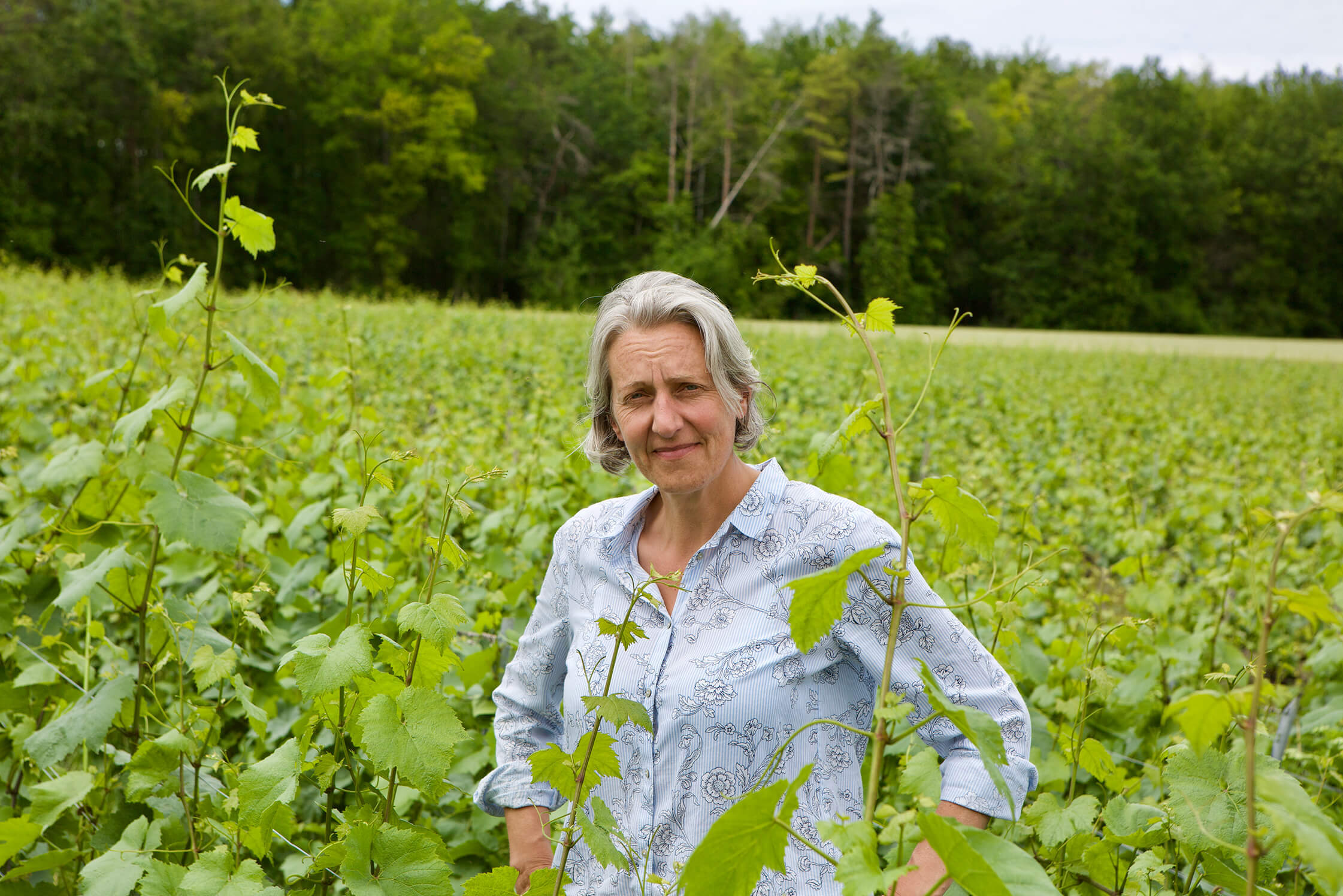
Three of Elise’s wines are arriving. The first is her 2017 Rosé des Riceys, a well-worth-it, juicy and tremendously complex and delicious rosé with real stuffing. It alone brings greater meaning to rosé for me than a festive warm weather drink and sits atop a very short list of truly extraordinary rosés I’ve had in my life. Once open, it often shows darker fruits and needs time to show its full range of complexity while it works its way into the higher fruit tones and sweet rose aromas. We have a lot of great Pinot Noir rosés in our portfolio (Bruno Clair, Thierry Richoux, François Crochet), but I’ve not found the same level of complexity in Pinot Noir rosé like I’ve found in this wine, even including the greats we already represent. Unfortunately, there are only twenty cases allotted to us for the entire US each season (I’m working on trying to improve that number), so please reach out to us as soon as possible to try to reserve some bottles.
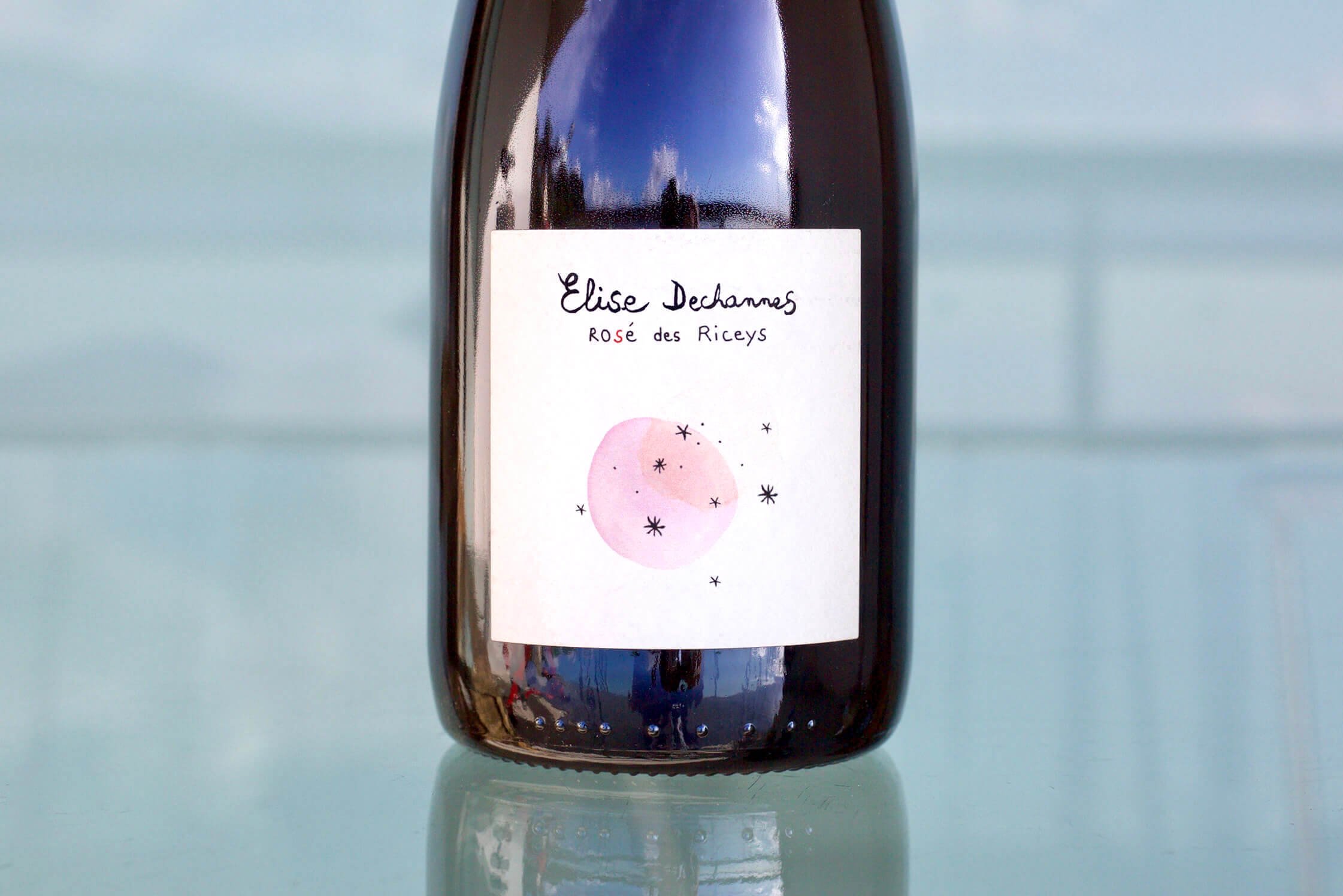
The next is her second tier Champagne Essentielle, bubbles made entirely from Pinot Noir from Les Riceys. The price is only a little higher than her starting Champagne, but for me it better captures the essence of the winery. It’s gorgeous and delivers as much pleasure for a young Champagne as seems possible. The bright Pinot Noir fruit is not subtle and makes for an unapologetically delicious, serious Champagne (2016 vintage, zero dosage) that doesn’t take itself too seriously. It’s also limited. Lastly, the most limited wine is the Champagne Chardonnay. After tasting the range of limited cuvées of which I can only buy 36 bottles of each, the 2012 Chardonnay Brut Nature is a great view into her more distinguished wines. It has a lot to say but needs a little time open to show its finest points. It comes out straight away with a lot of flavor and Chardonnay power and becomes more finely tuned with more time open. Chardonnay can be surprisingly beastly in the south of Champagne on limestone marl and clay, but with the right amount of patience, its characteristics narrow and refined.
These days, it seems like Sancerre is viewed as a real commodity on any wine list. Sancerre just sells, and often a great one is not needed for customers to order it. That’s why it’s so great to work on the flipside of that with people as talented as François Crochet, a winegrower in constant pursuit of improvement who every vintage seems to produce some of the most exciting wines in the entire appellation. Even in the warmest years François manages to surprise us all with the tension of his wines and solid natural acidity.
Usually, we space out the arrival of François’ wines, so we don’t overwhelm everyone with too many choices, but we are playing catch-up after all of the time that things have been shut down.
Three are from 2018, and from most elegant to most powerful, we start with Le Petit Chemarin. This wine has quickly moved to the top of the range for me based solely on its bright mineral characteristics and elevated aromas—a profile that I’ve yet to be exhausted by within my general view of wine. It’s substantial but flies high and always maintains a dainty, but ornate frame. Next is Le Chêne Marchands, the flagship of the winery and the grandest cru in Bué, Crochet’s hometown. My challenge with this wine is that it’s always at the top of the range and sometimes I want his other wines to finally pull ahead of it, the way it’s fun to see an underdog beat the champion; as loved as they are, it’s sometimes nice to see someone else with the gold. Le Chêne Marchands is perhaps the most well-rounded in the range.
It has big mineral characteristics, medium to full structure and an endless well of fine nuances and broad complexities. Lastly, Le Grand Chemarin is perhaps the most explosive of the three 2018s. It’s often marked with more stone fruits along with sweeter citrus notes than others in the range. It has a more expansive body and bigger shoulders. It perhaps shares the title of most powerful in the range with Les Amoureuses, but in a denser and stonier way.
A few 2019s are also arriving and there will be more to follow. The first is Les Amoureuses, the most consensual and powerfully expressive wine in the range. It has the biggest shoulders of all, and this is most likely due to its numerous clay-rich topsoil and limestone bedrock parcels. Each of its dimensions are strong and seem to tuck any subtleties further into the wine. It’s a perfect Sancerre for four or more people who want to break the ice at lunch or dinner with a nice refreshing glass that doesn’t stutter once the cork is pulled. Les Exils is the outsider in François’ range of Sancerre single-site wines. It’s grown on silex (flint, chert) on a more northerly facing slope, while the others are all on variations of limestone with more sun exposure. Les Exils is perhaps the most mineral dense of all, with mineral impressions that are heavy and dominant in the overall profile; perhaps flintier (a natural expectation from wines grown on silex) than the others and with less presence of fruits and with a grittier mineral texture than what the limestone vineyards impart to their wines. Les Exils is always one of the favorites because it’s a bit of a marvel of minerality in itself, especially when tasted in François’ exciting range.
The Source continues to improve, and our level of advancement has always been subject to the quality of the people in our company and the producers we represent. Sometimes we lose ones we don’t want to lose, but we’ve always been fortunate to fill those shoes with other great people. Over the last two months we’ve added two fantastic new additions with Kevin O’Connor and Tyler Kavanaugh, both mature, smart and very well-experienced wine professionals, and most importantly for all of us, a joy to be around. When we first started our company, we went through quite a few people because we couldn’t offer much more than a bag full of good wines to sell and a commission rate. But these days, we are in a more fortunate position to attract top people in our industry and (hopefully) keep them. Early this Spring we were in search of someone to align with our company culture in San Francisco. During a five-month vetting process there were many fabulous applicants that were hard to pass on, but we found one who seems to be the right fit for us: someone who inspires us to be better…
Hadley Kemp will join us in the middle of August. Her last post was as the General Manager of Spruce, one of San Francisco’s most notable restaurants inside the Bacchus Group’s top tier collection of Michelin-starred establishments. She worked with the group for around a decade, with some of that time spent as the General Manager and Sommelier/Wine Buyer for an award-winning wine program at, The Village Bakery, prior to taking the helm at Spruce. I’ve never liked the idea of phone interviews and I generally try to avoid them, but two minutes into my conversation with Hadley I had a smile from ear to ear. I knew she would be someone who would offer our company (and any company for that matter) yet another opportunity to up our game through the quality of our team members. More importantly, Donny (the other owner of The Source) and I realized, at this stage of our lives, that she is the type of person in whom we want to invest our energy. We want to work with people who we truly enjoy spending time with. Some say, “work is work,” or “business is business,” but for me, my work and business are my life; they’re very personal as well. I want to enjoy the people I work with and we also want our customers to have a good time with the people who represent us. Many San Francisco restaurants and retail stores will now benefit from Hadley’s great outlook on life, her deep knowledge of wine, and her humble, soft and extremely hospitable and professional approach. She’s a great compliment to Danny DeMartini, the consummate pro we’ve worked with in San Francisco for almost five years now.
A tall tale is what it sounded like in 2013 when I first heard of this wine and its aging potential, and with a name like Bricco Del Drago, or, Hill of the Dragon, a little bit of hyperbole seemed pretty likely. But Tino Colla of Poderi Colla has been cited as saying this very prized and historic wine has a hard-to-believe aging potential of 50 years. Of course in my experience of Dolcetto, even if it has a splash of Nebbiolo (15%), longevity of this kind seemed inconceivable, but I didn’t want to question the claim. So began my pursuit of understanding the wine and maybe proving it wrong.
Then one night, eight years after I heard the claim in question, I was sitting in Tino Colla’s most-welcoming dining room awaiting a home-cooked meal by his wife Bruna, when we did a blind taste with many great wines, and as it turned out, it was a 1970 Bricco del Drago that was the wine of the night. It was precisely 50 years old and it not only blew my mind, but also those of a handful of my colleagues and fellow wine trade professionals. It was alive, fragrant, regal and as seductive a wine as I’ve ever had: honestly, shocking! I’ve only tasted the one from this vintage, but I’ve tried others from this wine and I can confirm Tino’s statement that this is arguably the greatest and most age-worthy Dolcetto-driven wine in all of Italy…ever! The history and lore of this vineyard and wine speaks for itself.

It’s grown on a very steep hill that climbs from around a thousand feet to over 1200 feet above sea level, faces west and has vines of 20, 30 and 50 years of age. The plot has undergone hundreds of years of genetic adaptation, having been planted to Dolcetto for many centuries. This wine has an immense power and structure upon release, while still exuding the aromas of Piemonte and the freshness of the cool fog that often covers its vineyards. This is a very serious wine, contrary to the often oversimplified reputation of Dolcetto. Don’t be intimidated; just be patient and you will find one of the true hidden gems of Piemonte. This time we do know where the diamonds are buried: on the hill of the dragon—Bricco del Drago!
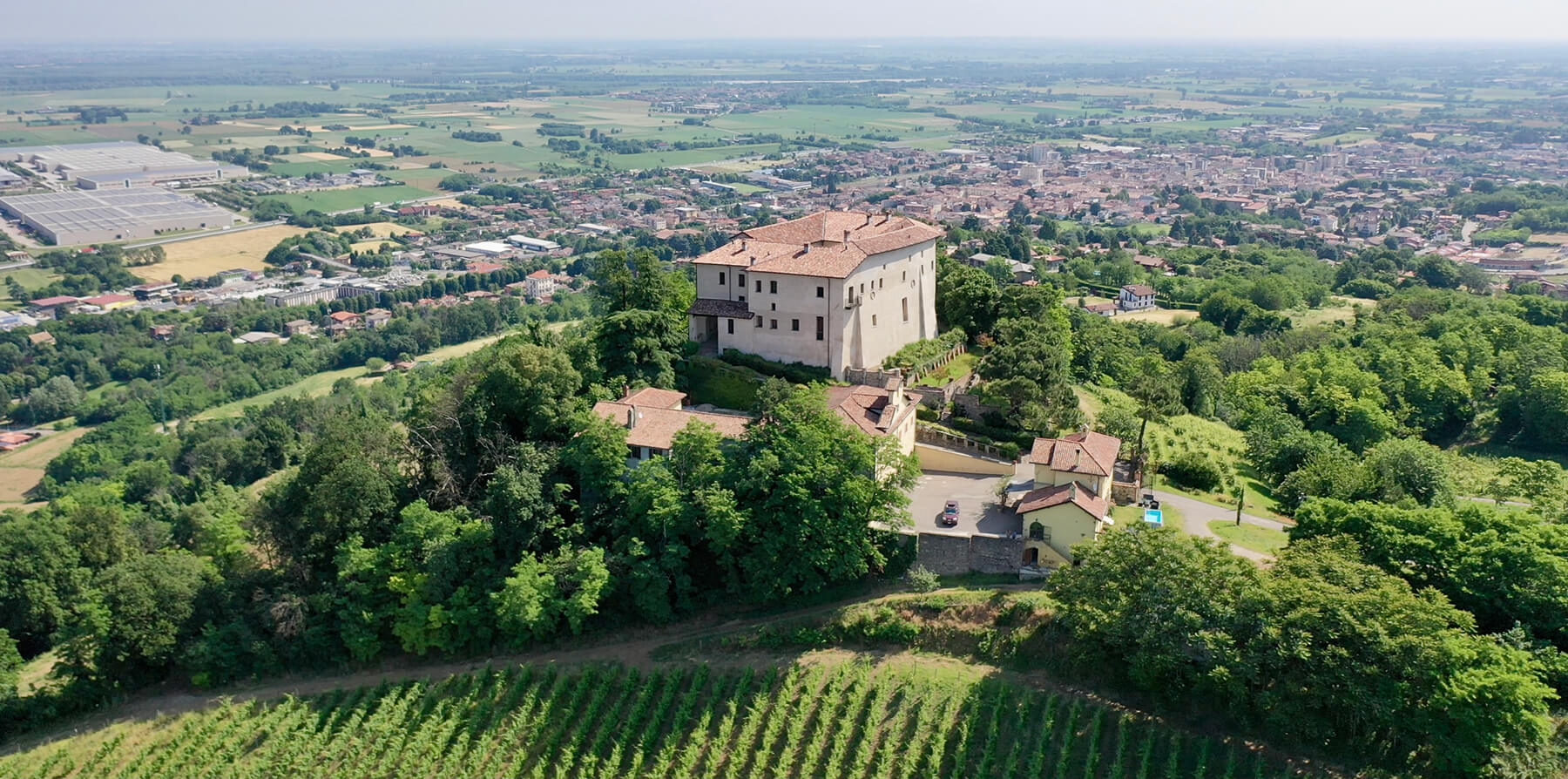
Beaune, 26 June
I just finished a plate of perfectly in-season heirloom tomatoes I picked up from Grand Frais, a local grocery store with a knack for quality products on a larger distribution scale. The farmer’s market in Beaune was today, but I didn’t feel like tangling with a crowd and waiting in line, even if it was for some of the best ingredients to be found in all of France. Yeah, maybe I was a little lazy…
I went for a run this morning for the first time in more than six weeks. This allergy season has been hard on my profession, which relies so much on my nose. Symptoms have been intense and incessant due to the excesses of rain throughout spring and well into June. The last time I went out for a run was in southern Portugal’s Alentejo when I was there with my wife and Constantino Ramos, a winemaker we work with, and his wife, Margarida, on our first getaway in Portugal after things opened up. The run was a terrible mistake. The grass was chest high and the typical Portuguese square cobblestone country road had it bending into the lanes, so every car that passed brushed against it. A few hours later, I could hardly breathe. My nose was firmly blocked for the rest of the day and most of the trip.
There was no wind today and it rained pretty good yesterday, so particles were wetted down and I took the run (sans Zyrtec) from downtown Beaune mostly on Chemin des Tuvilains nearly to Pommard and back (I’m too out of shape for more), as the wine writer, Vicki Denig, recommended I do during a tasting with her and Paul Wasserman in David Croix’s cellar the day before. My lungs were working like the clogged air intake on my old 1984 Toyota Landcruiser as it struggled to ventilate the engine while it tried to keep up with the flow of seventy-mile-per-hour California freeway traffic. The first run after a long break is always the hardest.
A few weeks ago, I headed west from Piemonte and into Lombardia’s Otrepò Pavese (OP) to see Andrea Picchioni. My primary agenda was to do some drone filming of his vineyards. Andrea doesn’t speak English and my Italian has been completely written over by Spanish, so I struggle now to find the words. On this trip, I just spoke Spanish and English with some Italian words peppered in, hoping he’d understand, which he mostly did. I got great footage of the original Buttafuoco vineyards that he works with only one other grower, Franco Pellegrini. OP is overwhelmingly a marvelous place to see, and its potential to reside in the upper echelons of quality wine is grossly underestimated. It’s a shock that there aren’t more outstanding producers in the region.
After hitting all his vineyards in the Solinga Valley, Andrea took me up to Rocca di Montelino, a castle that sits at the northernmost point of the Apennine Mountains. I wanted optimal reception for the drone and to photograph Lino Maga’s vineyards as well, for context. Andrea had a hard time helping me locate Lino’s parcels from above because they aren’t as obviously discernable as others, but after my drone battery was two-thirds dead from looking around, we found them. Basically nobody is familiar with how things look from an aerial perspective, including local producers, so it takes us a while to find our bearings. I got a few shots and my low-battery warning started beeping and wouldn’t let up, making me nervous and feeling rushed. I had to hustle it back.
It was pretty windy and the drone made its way up through a clearing toward a stone pad just about big enough to land a helicopter—so no problem for a tiny drone, right? I zipped it through some trees without any worry about hitting them (which I did in Portugal a month before the trip and had to replace the drone) and then over the pad to about six or seven feet from me and Andrea. Andrea moved in closer to the drone to get a better look while I was trying to land and a collision sensor triggered, freezing my controls, jerking it backward and along with a gust of wind it quickly pushed back toward Andrea. Everything seemed to suddenly be moving in slow motion as the propellers wrapped against his legs (thankfully he wasn’t in shorts) and as he tried to dance out of the way I stood there helplessly, but amazed at his agility as it stayed on him like an angry bee looking for its target. With the sensors fully restricted, the drone was completely out of my control for a very slow but exciting five seconds. Andrea finally evaded the machine and its propellers slowly met the rock wall, busting up almost all of them and leaving me in a state of complete shock and embarrassment, but I couldn’t stop laughing and was in tears in seconds—a total Johnny Knocksville, Jackass moment. I was speechless. Nothing but English words were coming to mind as I apologized while nearly hysterical with laughter as I analyzed Andrea’s pants to see if the propellers caused damage. Thankfully they’re flexible plastic and he had on a durable pair of old school Levi’s 501s, as he always does when I see him. Andrea smiled in disbelief at the drone all mangled on the ground.
I’m sure it was one of the most exciting moments over the last couple years, and he repeatedly assured me that he was okay and took greater interest in whether the drone was badly damaged. It was an easy fix, but I wasn’t at all cool with what happened; I was shaken up and realized the drone had simply gotten too close to him for a landing. We got back in the car and headed down the bumpy road and the whole trip back to the cantina I had to keep turning away from him because I couldn’t stifle the giggles and the tears—indeed, I’m still a mere child at heart…
Before I left, he insisted that I sit for some pancetta and focaccia that his mother prepared. Andrea told her about the drone (but not the attack) and then asked when they could see the video. I told them in about a month or so after I edited it, but after a few minutes I realized how cool it would be to watch his mother’s face as she surely had never seen this area where she’d probably spent the last eighty years from a drone’s-eye view. I got the computer out, plugged in the SanDisk card and watched her repeatedly shake her head in disbelief, repeating bello… bello… bello… We live in a different time and some of the things we can do today are almost unfathomable for older generations.
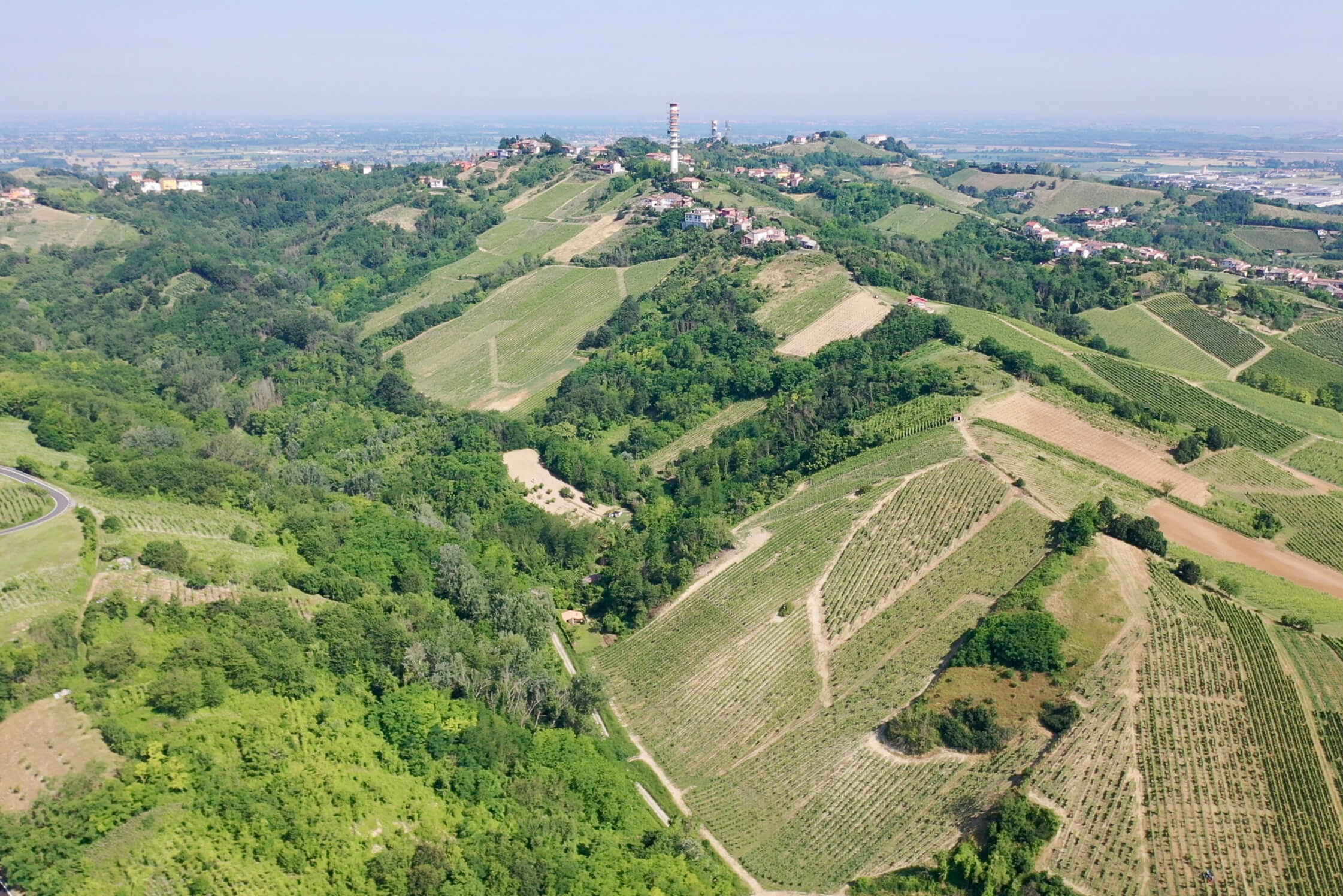
As I watched Andrea’s mother melt, something was also melting in my mouth; the pancetta was extraordinary (not all of them are) and accompanied by a little perfectly baked focaccia with just the right amount of soft crunch in the flaky salt and the crust below, a calculated measure of the stretch of the bread and olive oil dusting. It was dreamy. It reminded me of a discussion I had with one of my Iberophile friends about Spanish versus Italian ham a few years ago, while in Costa Brava.
In Matt Goulding’s fabulous book on Spanish culture through the lens of food, Grape, Olive, Pig, he compared the best Spanish hams to Italian, saying, “Yes, Italy produces fine cured hams, but next to a slice of three-year, acorn-fed, black-footed jamon, prosciutto tastes like lunch meat.” I adore Matt’s writing and in a perfect world, we’d be friends who regularly shared food and wine together. However, it’s hard for me to agree with that comment; in my opinion, there’s a time and place for everything. In my experience, Italian cured hams come in many more forms than the Spanish and are less monotonous. The Spanish seem to have found an extraordinary combination with the race of the pig, its diet and habitat, and stuck with it; why change something that’s already perfect? It may be true that jamón de bellota will provide one of the single greatest tastes of cured pig you could put in your mouth, but I don’t find it as pairable or combinable with other foods as some of the very versatile Italian cured hams. The best Spanish jamón is exhilarating but can be somewhat exhausting for me after a solid plate of it, and I need to take a break for a few days before the next ración. It’s kind of like a mushroom trip—you don’t want it all the time, but when you do, it can be life altering. And pancetta and the elegance of Italian cured meats with a higher quantity of fat compared to those of Spain may offer some daylight for me. The fat of this pancetta was extremely fine and elegant, creamy, and salty like a gentle ocean spray breeze, a nice contrast to the profound umami and oftentimes excessively thick greasiness I find in many of the most intense cured Spanish hams. This particular pancetta at the Picchioni cantina was one of the best I can remember. Andrea insisted I have a few sips of his Bonarda Ipazia (twist my arm), a semi-sparkling, dark red wine served chilled, and it was an absolutely perfect match.

Back on the road, I set the course for Enrico Togni, a Lombardian winegrower whose wines stunned me the first time I tasted them last February. Enrico invited me for lunch and in typical Italian fashion, I had to nearly run away from the Picchionis because my final destination that night was Bolzano, and I had to get to Togni on time, otherwise I could be staring at a dark hotel and an unwelcoming innkeeper, if there was any innkeeper at all.
Enrico lives up in the Val Camonica, a place in the Italian Alps I never imagined existed. Arriving from the south, outside of the ancient city, Brescia, a right turn on the highway leads you into a valley surrounded by mountains to an almost immediate, unexpected and magnificent view of Lago d’Iseo, which has the largest lake island in Italy and Southern Europe, called Monte Isola. It’s truly a stunning image with this island that quickly rises to more than four hundred meters above the surface of the water below, and you’re only able to see its magnificence in bits and pieces as you slowly go downhill from one tunnel on the east side of the lake to the next.
Driving through the ancient glacial valley and into the tiny centro storico of Boaria Terme, the streets began to narrow sharply and it became more than an ordinary nerve-wracking ascent, toward Enrico’s house and winery, tucked just below a series of limestone cliffs on the north side of the valley. Had I driven a Fiat Panda like Enrico’s, it wouldn’t have been intimidating, but I was in a Renauld Megane station wagon and I barely made it through a few strips squeezed together by towering stone buildings on either side by an inch or two. My wife would’ve gone completely nuts if she were with me as I carefully and slowly negotiated some hairpin turns while the car’s sensors beeped obnoxiously no matter what I did because there was zero room for error in every direction and no possibility of backing up without destroying the side mirrors of the car, and likely the doors. It reminded me of rock climbing: no direction to go but all the way to the top before calming the nerves. First, it was the drone attack on Andrea and now this. Things seem to go in waves of three, so I wondered if there would be a third on this day.
Enrico quit his university studies in Law to get out into nature. Over lunch, Cinzia, his partner and the mother of their daughter, lovingly told many stories about Enrico and his unique obsession with farming, and about some of his vineyard workers that happens to be a flock of sheep he hangs out with first thing in the morning and again later in the night before bed, every day. She also told a story that seemed only partially embarrassing to Enrico about how much he loves animals, and that on his sixth birthday he asked for and got a sheep, on his seventh birthday he got a donkey, at his eighth, a pony—and none of them were the stuffed versions.
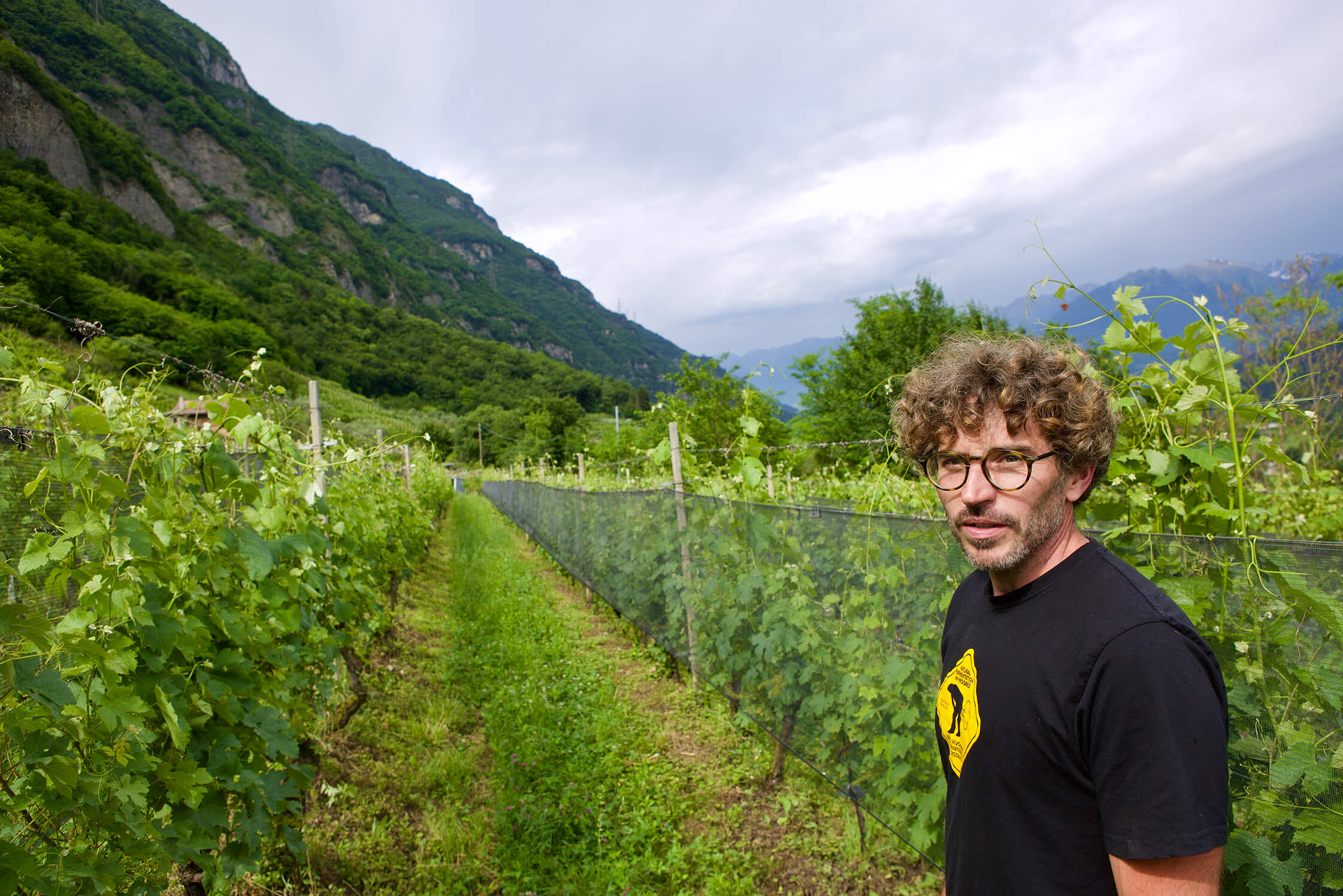
Enrico’s vineyards sit on limestone terraces only a half kilometer from volcanic hills across the glacial valley. The grapes of his focus are Barbera, which he makes mostly into sparkling wines, a Nebbiolo still wine, and a few different wines from Erbanno, a member of the “Lambrusco” family that requires almost no treatments in the vineyards because it has a strong immunity to mildew and disease. There are two still versions of Erbanno: one that has almost no extraction and is pressed quite early that he labels as a Rosato (though I asked that “Rosato” be removed from the label because I find that it is more of an extremely light red in almost every way, like a Premetta, a very light Schiava, Poulsard, or even the Galician variety, Brancellao, and it deserves a better fate than to be lumped into the Italian Rosato category) and the other, a darker, more typically extracted red wine version. The lighter red is absolutely wonderful, and I’ve come to adore it after just four bottles and a few tastes in the cellar. The darker version is more gamey and perhaps even better with food. His Nebbiolo wine, labeled as Vino Rosso 1703, is special. It comes in around 12% alcohol, is very light in color and layered with extremely delicate classic Nebbiolo nuances, especially that sun-roasted red and orange rose smell. He said that his great challenge with Nebbiolo is that there are no references for it in his area. He’s the only one who grows it.
Before I left, we spent a few minutes tasting his 2020 wines out of barrel and tank. Their purity was mind-blowing, and I wanted to just sit there and drink them for the rest of the day and dream about the reaction of our buyers back in the US. I’m fired up about what I tasted and can’t wait for them to be in bottle. It was a great sendoff before I worked my way through the Alps toward Bolzano for a visit with Falkenstein, a winery that I’ve known about for many years and whose wines I love, and another, Fliederhof, a producer I’ve kept an eye on over the last few years.
A slow, four-hour drive through the Alps was perhaps the part of the trip I looked forward to the most since I began to plan it. I’m originally from Montana and I often have a great craving for backcountry mountain terrain; I spent one summer in my early high-school years working in Glacier National Park where the Rockies are gorgeous and treacherous, and totally wild. The Alps are even more beautiful and somehow very inviting, plus they don’t have grizzly bears like Montana, which makes it easier to hang out alone snapping shots with my guard down, to fully take in the clouds that covered part of the bright blue sky and the enchantment of mountains. The air was so fresh, clean and invigorating it was hard to believe I was still in Italy. In fact, I was headed for a countryside civilization that was annexed by Italy after World War I, but culturally is more obviously Austrian than Italian. Some of the locals don’t even really speak Italian because their native tongue is German.

On the other side of this corner of the Alps I had my much anticipated and first in-person meeting with Martin Ramoser, a young man I was introduced to by Florian Gojer, of Glögglehof, a winery I feel produces the strongest killer combo of red and white wines in the Südtirol; many wineries there are very good at either red or white, but few make extraordinary wines in both colors. I asked Florian, with whom I worked with some years ago, for some insider tips on who was up-and-coming in the red wine arena and he pointed me straight toward Martin. But first, it was a long overdue visit with Falkenstein, whose unforgettable Riesling I had for the first time almost ten years ago, just on the edge of Lago de Garda.
Gevrey-Chambertin, 29 June
I’m parked on a dirt road facing north with Lavaux Saint-Jacques directly to my left and Le Clos Saint-Jacques straight ahead. I just finished eating a jamon emmental sandwich and a vanilla éclair I got from Pàtisserie La P’tite Chambertine, in Gevrey. I’ve got about two and half more hours before my visit with Amélie Berthaut, in Fixin. The weather is volatile, fighting between intense gusts of wind and solid downpours that last just a few minutes, followed by a bright blue opening above that’s framed by ominous and angry, saturated gray clouds. The juxtaposition of colors between the shade and illumination of the earth and sky is intense and seems unnaturally exaggerated—like it’s all photoshopped. It’s typical of the weather back home in Ponte de Lima, Portugal, which for us is a regular daily light show from our perch behind a big glass wall facing directly west. About fifteen minutes ago, while I worked my way through the sandwich, I thought that I should break out the drone to capture some images of the Côte Saint-Jacques while everyone is eating lunch, so I’d be more likely to go unnoticed. I honestly don’t know all the legalities of flying a drone in France because the information online is vague, and I can only imagine how much paperwork would be required if I were to try to seek out official permissions from each location (if there’s even an easily accessible office that actually does such things for private fliers, which I doubt). I follow the rules I find on the internet the best I can, and I steal as many shots as possible without attracting any attention. I went for it and made a quick loop above Gevrey, landed the drone and quickly packed it up and opened my computer to write.

I love eating sandwiches outside on park benches in France—although I ate this one in my car because there was no bench to be found. I still had a fabulous view of one of my favorite vineyards, Le Clos Saint-Jacques, with its slight tilt in my direction toward the south so I could see all the rows behind its famous, beautiful limestone rock wall on the south side. Sometimes a sandwich is all I want while on the road in France, after a few big sit-down meals with a lot of great wine for lunch. As long as the sandwich has good bread, at the very least. This is usually my first choice if the weather is good because for some reason I don’t love dining in French restaurants where there is often too much emphasis on the process, when I just want to eat something with quality ingredients without as much ado. (This rarely happens when I’m travelling with others because not everyone comes to France with enough frequency to forego a great wine list with absolute bargains on rarities that, depending on the wine, would cost more than four times the price on a wine list in a big US city.) France has the best baguettes for sandwiches; while other countries have amazing bread, the baguette medal is firmly in France’s corner, and they cost almost nothing when compared to a good baguette in the US from an artisanal baker. When I first started to develop our import wine portfolio, sandwiches were about all I ever ate for lunch if I didn’t have an invitation. While eating in a park, the French usually give me an extra-long stare, looking at me like I’m some strange creature they’ve never seen before, or like they’re scared of me. But after a smile in their direction, occasionally followed by a non-committal smile in return, there is sometimes a surprising utterance of “Bon appétit!” The truth is, our company’s start was fueled by sandwiches.
A little less than three weeks ago, I drove to meet Magdelena Pratzner and her father, Franz, the family who started Falkenstein, a winery located in Italy’s Südtirol/Alto Adige that produces many fantastic different wines (Weissburgunder, Sauvignon, Pinot Noir—all grapes that have been cultivated here for centuries) and many consider the Pratzners to be the most compelling Riesling producer in Italy. The vineyard and winery are located in one of the many glacial valleys in the north of the country, with a typical relief of a flat valley floor surrounded by gorgeous, steep mountains, which creates starkly contrasting shades and colors throughout. All the vineyards in these parts must have the correct exposure on northern positions that provide some angle of a south face, otherwise there is no chance to achieve palatable ripeness. The vineyards here are some of the wine world’s most stunning, and it’s surprising how many are tucked into the valleys of Trentino (the bordering region to the south) and the Südtirol. But what’s even more attractive to me (because I see vineyards all day long) are the north facing hills, with their spring and summertime bright green pastures on equally steep mountainsides, surrounded by forest and a great view of all the terraced vineyards across the way.
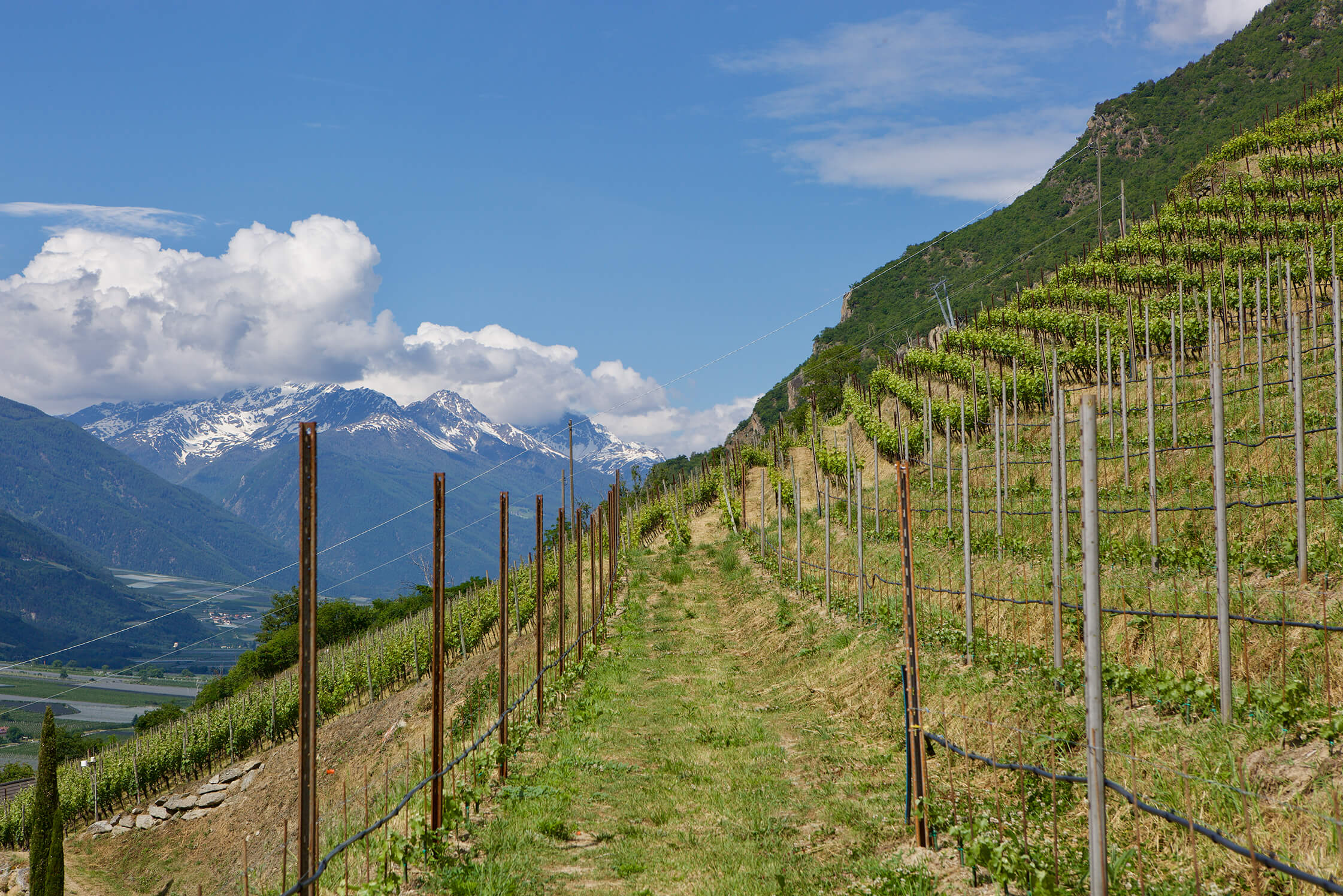
Walking in Falkenstein’s vineyards in the heat wave that just took hold a few days before, after a very wet and unusually cold spring, it was easy to see how their slab of the mountain is perfect to ripen the late-ripening Riesling grape. Magdelena led the hike up in the stony, sandy terrain of their vineyards, a walk that demonstrated just how steep and slippery they are. The rock types here are mostly medium to high-grade metamorphic, like schist and gneiss, with the latter quite similar to Austria’s Wachau wine region, a place that inspired Franz to focus his energy on Riesling instead of their apple orchards. The sandy topsoil is derived entirely from the bedrock, and unlike many of Austria’s famous Riesling terroirs, there is no loess to be found here in their vineyards, making for Rieslings with a more dense mineral core, a deep, mouthwatering saltiness and acidity, and concentrated but still tight yellow and orange stone fruit characteristics imparted by the generous summer and fall sun, and the massive diurnal shift at nightfall. The first time I tasted one of their Rieslings about ten years ago, it brought vivid images of the Wachau and its gneiss-dominated vineyards—loess, which is commonly found in the Wachau, adds a sort of fluffy, extra mouthfeel to wines, which can be good with Grüner Veltliner, but I prefer Rieslings from purely stony soils derived from the bedrock below, like Falkenstein’s.
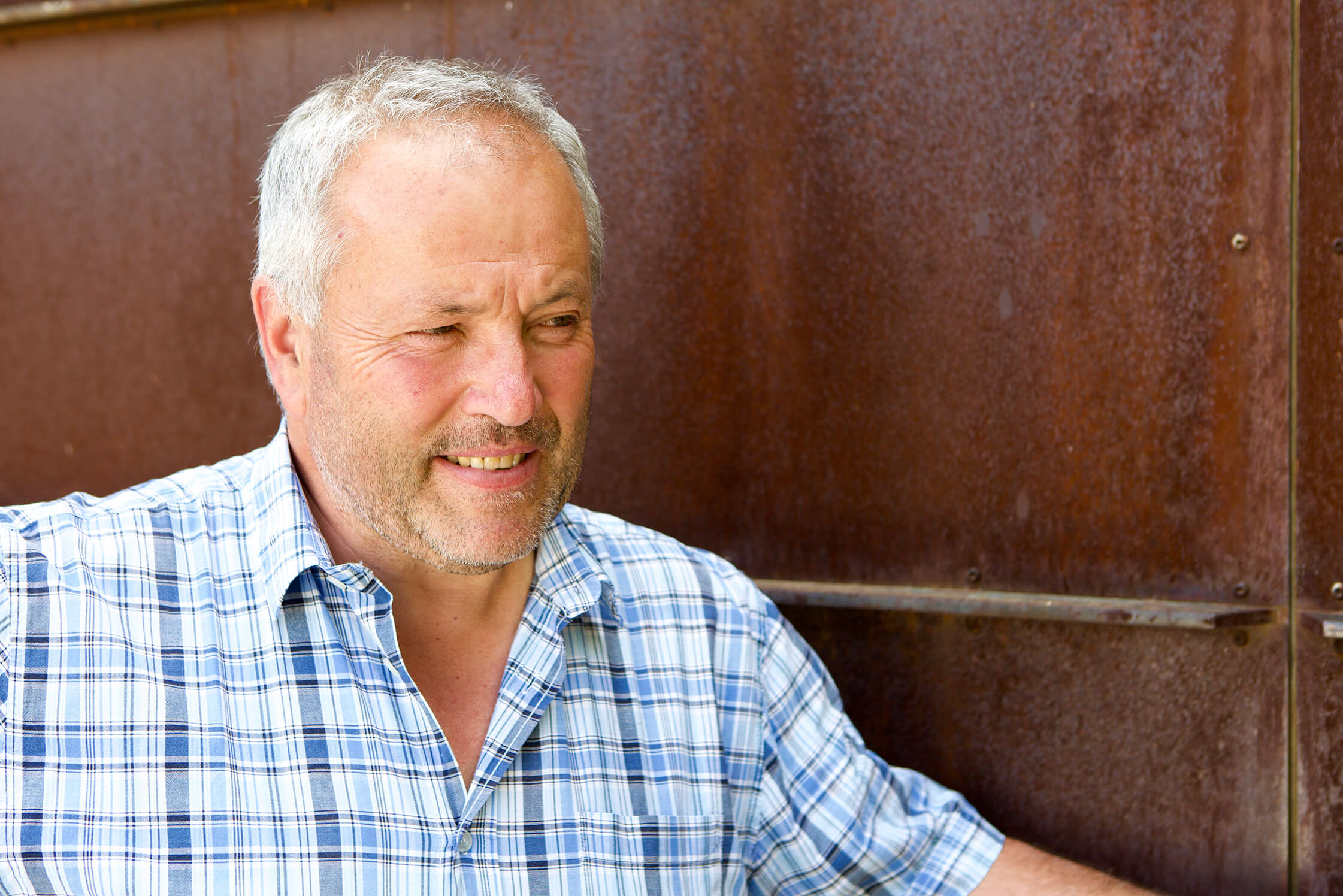
After our tasting, and a few quickly snapped photos with her very humble, shy but very photogenic father, Franz, Magdelena and I went to Kuppelrain, a Michelin-starred restaurant that serves a more casual lunch, just a short drive west from Falkenstein. It sits above the Castelbello train station, named after the castle that sits on the north side of the valley, right across the small Adige River, no more than three hundred meters away, in full view of the restaurant’s outside terrace that overflows with plants and flowers. I love the food in Austria and I think it’s completely underrated on the European scale. People are always surprised when I praise Austrian food in the same breath as French and Italian and often insist that the average there is higher. And what foodie doesn’t love Italian food? Imagine a marriage of the two at Kuppelrain: a capture of the sun’s generosity in an Italian summer fare and intensely fresh alpine spring greens and pastoral fruits with deep, concentrated flavors.

Anytime beef carpaccio is on the menu it’s hard for me to not order it, and Kuppelrain’s is one of the best I can remember. Other than perhaps the shaved parmigiano-like cheese (which is still from only a few hours south), everything was local including the beef, which came from a cut with almost no sinewy parts—just clean, perfect slices that stayed together with each bite wrapped around the supporting ingredients. It was served with chicory, edible purple and yellow flowers, perfectly caramelized miniature golden mushrooms that exploded with salty, buttery, sweet woodsy flavor, and rose-infused salt. I asked to buy a little bit of this salt tinted slightly purple with little pieces of dark dried rose floating around, one of the most simple but special ingredients and I supposed that it has to be done with a specific kind of rose, or flower, but I was rejected. No problem. I’ll go back every time I’m in Südtirol, which should become another annual visit with our two producers there.

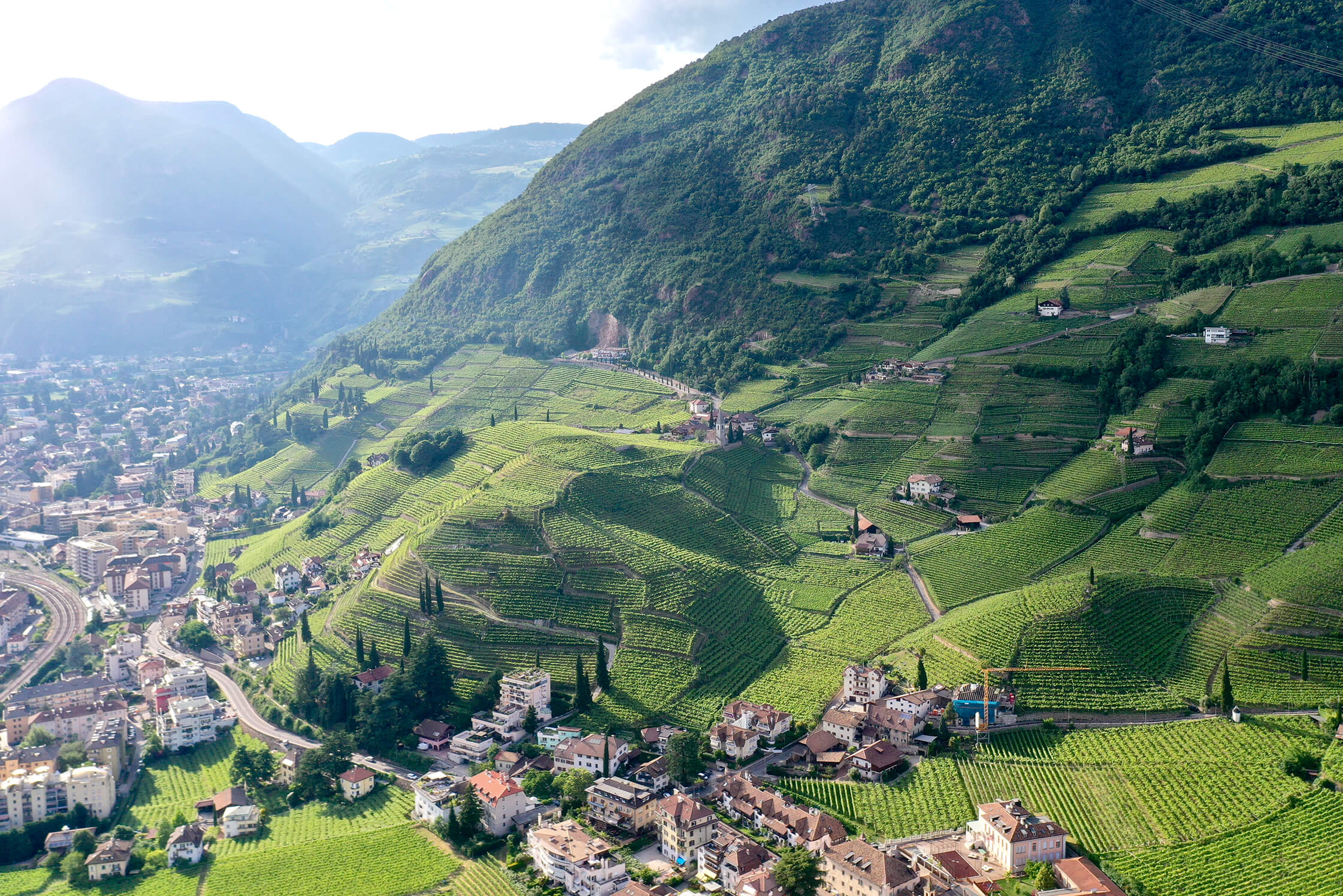
Chez Dutraive, 30 June
While I lived in Campania a few years ago, Martin Ramoser sent me samples of their wines labeled Fliederhof. They were mostly crafted by his father, Stefan, and were obviously well made and in a charming but rustic style better suited to their local market than to most of my customers in the US. I find it funny that in the US, a country so culturally diverse, the wine trade professionals have specific expectations about the style of wines we drink from other regions, so the wines they buy need to be a sort of hybrid of what the region has historically done and what we like, when it seems more authentic for us to embrace their tastes if we’re drinking wine from their area. I suppose my comment is really a criticism of me more than others because I also do this all the time. Perhaps it’s really a function of the diversity of our culture and exposure to so many different types of cuisine.
Martin and I cultivated a telephone friendship in hopes that we would someday work together, talking a lot about his family’s winery and where they were in their development. Though he’s a few years younger than thirty, Martin’s parents, Stefan and Astrid, gave him philosophical control of the vineyards and he began to inch toward organic farming. During our conversations, I gave him a strong push toward full regenerative farming and encouraged him to make the jump because the market would support it, and his wines at the time were just a shade away from something really special. A year later, they not only fully committed to organic farming, but also to biodynamics. The wines? I was shocked at the progress in just two years. It was a big left turn from more weighted wines toward a more invigorating and ethereal style with wiry tension and brighter fruit tones. Before dinner, Martin told me that their Schiava, labeled under the St. Magdalener appellation, had just been voted the best of the year by the local wine community. Their Lagrein is also wonderful, but I am a sucker for Schiava.
I had dinner with the family that night on their terrace overlooking their Santa Magdelena vineyards under a faintly starry sky, just next to the Chiesa di Santa Maria Maddalena, its spire backlit by Bolzano’s city lights toward the south and just over the small hill the church is perched on. It’s during these moments that I wish I spoke the local language perfectly (which here in Südtirol is more German than Italian) or that they spoke fluent English. As I feasted on a simple-looking but gloriously-addictive fresh ravioli stuffed with spinach, ricotta, onion, parmigiano, and a little nutmeg, I wanted to tell Stefan and Astrid so much about what I think about Martin and how they’ve obviously done an outstanding job raising him and how proud I was of his drive and achievement that clearly has taken flight because of their support. Martin speaks perfect English, but it would’ve been strange to ask him to translate those thoughts.

With a thankfully negative result on the Covid antigenic test in my hand (that Martin assisted me in getting the day before), I was off to Austria. I would do a straight shot north, pass over the Austrian border in the far west of the country, up into southern Germany, take a hard right to reenter Austria and pass through one of my favorite small European cities, Salzburg. After about seven hours on the road, I would set up shop at the Malat family’s hotel, on the south side of the Kremstal region, just across the Danube from the local wine hub, Krems. Throughout the trip I was always a little nervous crossing borders with these kinds of restrictions and requirements that are vaguely understood by anyone on either side, except perhaps the guards whose authority could turn me right around if they were simply having a bad day and wanted to give me a hard time. But this was Austria, and they’ve always been nice people in my experience, aside from the often startling abruptness of the German language, especially when spoken by law enforcement. The border guards were professional and courteous, quite the opposite of my unexpected run-in with a set of four more police the next day at Stift Göttweig, a famous and impossible to miss, massive and almost ostentatious rock monastery overlooking the Danube River valley, with the eastern end of the Wachau, and most of Kremstal, Kamptal, and Wagram within view. Not surprisingly, my covid test was finally checked at the Austrian/Italian border and it was no problem crossing for me, but the traffic jam filled with container-carrying trucks destined for Italian seaports coming from the other direction was about fifteen kilometers long—maybe even longer. One of the reasons for the extensive freight delays we are experiencing in the US as a European wine importer became obvious as I passed by hundreds of semi-trucks that stood completely still for the entire length of the jam. I felt terrible for those guys.
Austria and Germany will be on the docket for next month. It was a great leg of the trip, as always. The Austrians are an awesome and welcoming group. Every time I’m there, I feel more comfortable than in any other country I visit.■

